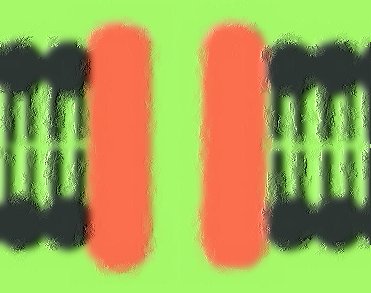Nicotinic-type receptors are proteins embedded in the membranes of nerve and muscle cells. Along with a neurotransmitter, they regulate activity by controlling the ion flow into the cell and play a key role in muscle motion and neurological diseases such as epilepsy. They are the only receptor family that has both cation- and anion-selective members.
Gisela Cymes and Claudio Grosman, University of Illinois, USA, have shown that the difference between the cation- and anion-selective proteins arises from a conformational change within the ion channel. By using patch-clamp recording, they have shown that in the anion-selective channels, the lysine or arginine residues at the channel entrance have an expected positive charge. In the cation-selective channels, the lysine or arginine are tucked into the protein structure so that it cannot accept a proton from the surrounding environment and remains neutral.
These channels are the subject of a lot of computational studies designed to improve understanding of their role in neurological diseases and knowing the charge at the channel entrance will allow more accurate simulations to be performed.
- Tunable pKa values and the basis of opposite charge selectivities in nicotinic-type receptors
G. D. Cymes, C. Grosman,
Nature 2011.
DOI: 10.1038/nature10015




